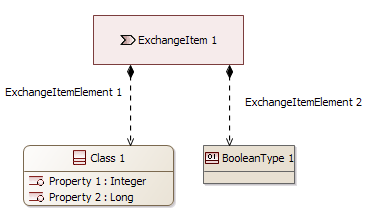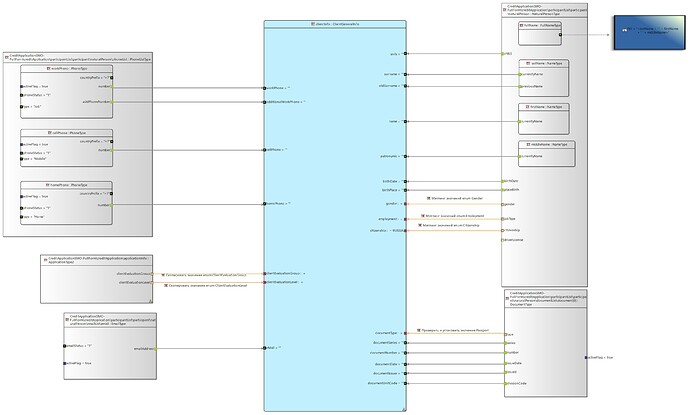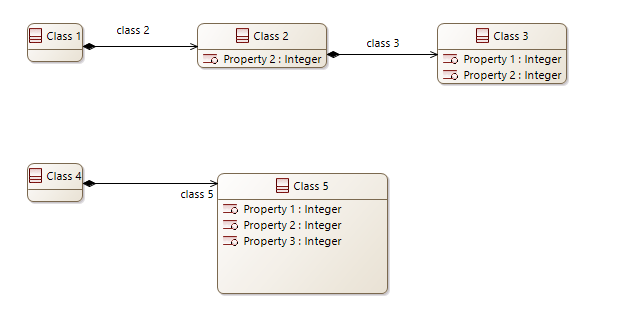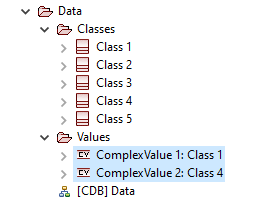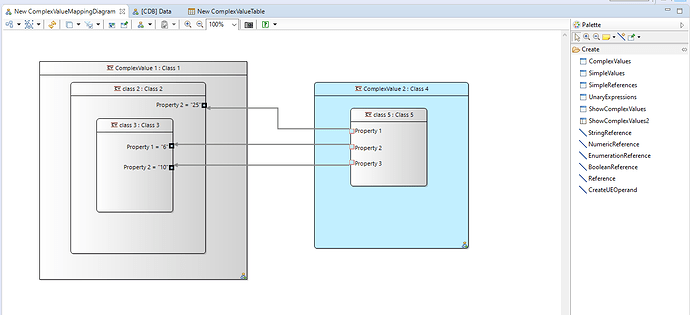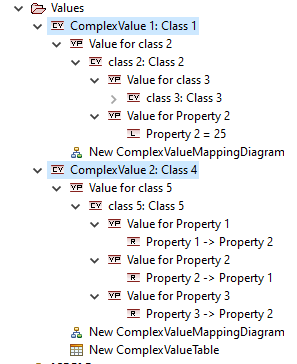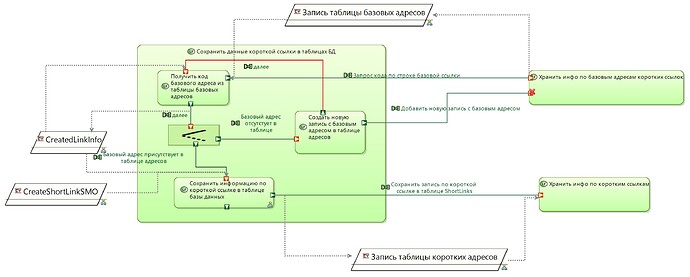Is it possible in Capella to use classes to define interface types and implementations such as it is done with SysML interfaceBlocks?
I’ll give an example. Bruce Douglass in his “Agile Systems Engineering” book exemplifies an interface with the following definition:
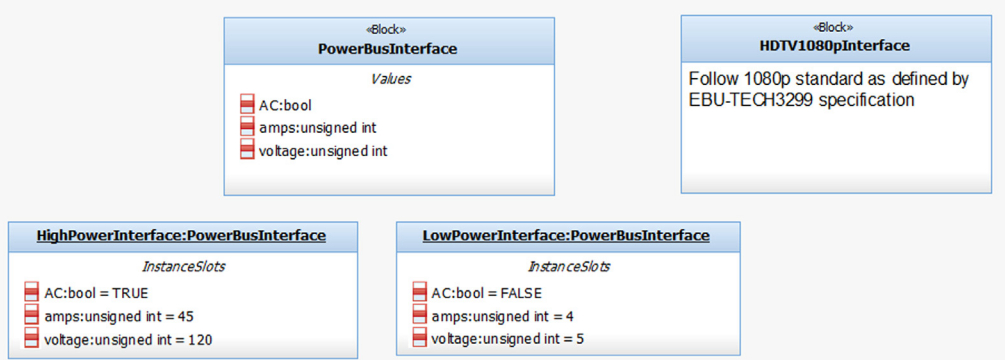
PowerBusInterface is a block with properties just as the Classes in Capella. It is then used to specify instances with different values.
I would like to be able to use such definitions for mapping engineering values into ICDs such as ARINC429 labels on the physical level - and forcing conformance to a base class that specifies the label structure. Is it possible?
In Capella the use case would be:
-Define Class for a given interface type.
-Assign an instance of the Class which specifies the ExchangeItem (which necessarily conforms to Class)
-Assign ExchangeItem to Functional Exchange / Interfaces.
[index.php_fa_39030_0]:

